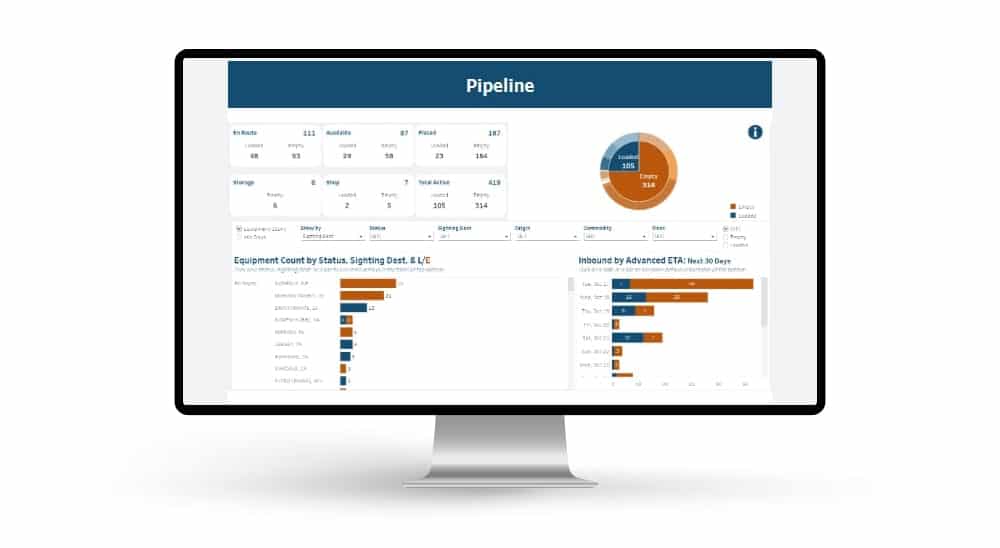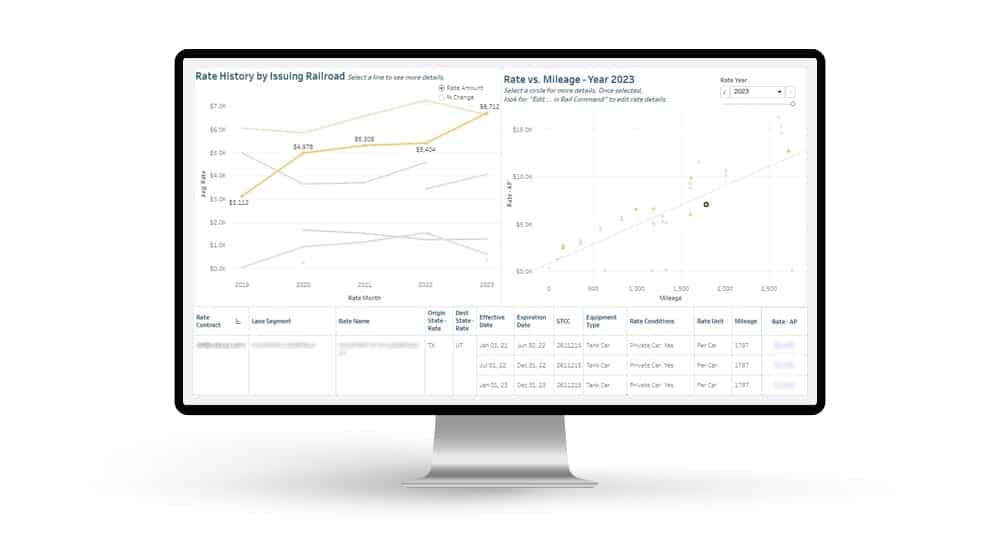National Transportation League Summit – Dallas, TX (January 29-31, 2018)
“From its beginnings in 1907, the League has served as the shipper’s voice as it carries out its mission to advance the views of shippers on freight transportation issues and enhance their professional development.” (NITL Mission Statement)
The National Industrial Transportation League (NITL) hosted its annual summit in Dallas, TX last week. The event consisted of +150 attendees that represented rail shippers, suppliers and carriers. The following is a summary as it pertains to rail freight transportation.
Since the NITL’s separation from the Intermodal Association of North America (IANA), the number of rail carriers present at this event has been greatly reduced. This year however, the Canadian National, Kansas City Southern, CSX Transportation and several short line operators were in attendance. Much of the lack of Class I carrier participation over the years is a result of the strong political influence that the NITL has exercised over the years on behalf of shippers. As a “representative body of rail shippers”, it is the NITL fundamental goal to represent shippers to ensure true competition, rate reasonableness as well as adequate service levels. This year hopefully marked a renewed conviction between shippers and carriers to work more collaboratively, and encourage the participation of the rail carriers.
The speaker panel involving rail transportation was moderated by Eric Starks of FTR. The panel consisted of Jean-Jacques Ruest – Canadian National, David Eaton – Kansas City Southern, Eric Marchetto – Trinity Rail, Deb Miller – Surface Transportation Board, and Erik Bohn – Omya Inc. Several key topics were discussed centering on both successes and challenges facing the rail industry from a shipper, rail carrier and governmental perspective.
No rail conversation over the past several months has not included the mention of autonomous or driverless vehicles. The general perception is that driverless vehicles will become a major threat to the rail carrier’s intermodal and boxcar businesses. The CN’s Jean-Jacques Ruest and the KCS’ David Eaton shared a different perspective. They both agreed that there may be some negative effect on carload business, but felt that autonomous vehicles would be a perfect complement to their intermodal and bulk transloading business units. They added, that driverless vehicle would complement the “last mile” truckload transportation as a continuation of rail movements. Conversely, it would also complement “first mile” truckload movements in congested areas such as ports and intermodal ramps. Autonomous vehicles are not a threat to railroads when it comes to transporting bulk commodities over long distances.
The single shipper representative on the panel, Erik Bohn shared that analytics, planning, and predictive analysis needs to be shared across the supply-chain. The ability for shippers to accurately forecast is only limited to a 2-3 month window. David Easton agreed that carriers and shippers need to use shared information to improve service and assist in making railroad operations more fluid. The ability to tap into the vast information presumed to be available as a result of Positive Train Control (PTC) will assist both rail carriers and shippers. Successful collaboration between shippers and rail carriers requires both groups to improve transparency. All participants agreed that without transparency, the ability to collaborate successfully would be difficult.
Debra Miller of the STB was a wonderful compliment to the panel discussion. The STB is an integral part of our nation’s rail transportation. She mentioned that the STB is a bit understaffed and highlighted areas where the STB can make improvements. One such improvement is the possible replacement of the URCS (Uniform Rail Costing System). URCS was developed in the last 1970’s and adopted by the Interstate Commerce Commission (now aspects of the STB, FRA & DOT) in 1989. It has been relied on to determine rate reasonableness, market dominance determination, and rail abandonment proceedings. A more accurate and simplified solution would greatly benefit all parties. Miller mentioned that the desire of the STB would be to provide improved data and be “more present” with both shippers and carriers. She mentioned that we should all be in support of an efficient STB so that they can better assist in their efforts to promote both strong rail carriers and shippers.



 Automated exception reporting of the railcar tracking data makes it easy to identify and troubleshoot jeopardized shipments, thereby enabling you to provide better service to your stakeholders.
Automated exception reporting of the railcar tracking data makes it easy to identify and troubleshoot jeopardized shipments, thereby enabling you to provide better service to your stakeholders. Receive notification of pending rate expirations. Tariff changes and fuel surcharges can be automatically updated.
Receive notification of pending rate expirations. Tariff changes and fuel surcharges can be automatically updated.